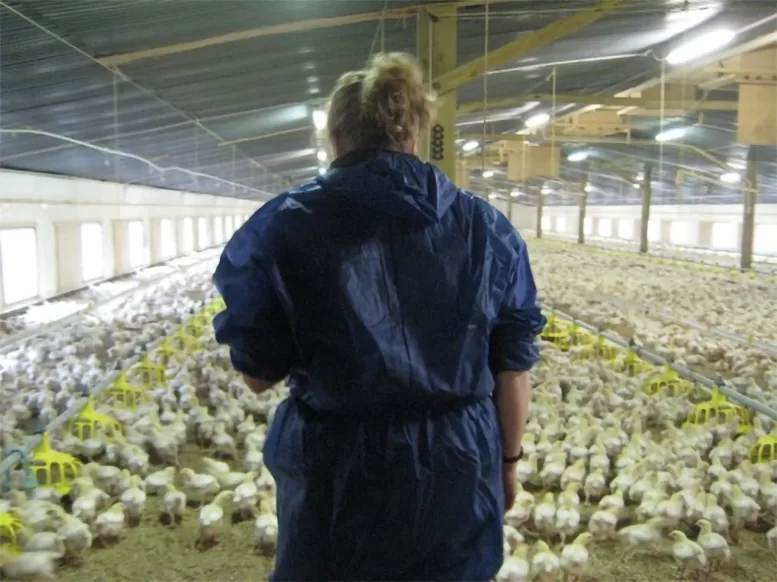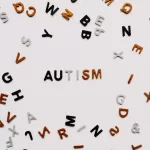Date: October 1, 2024
A recent study from the University of Exeter warns that intensive livestock farming may significantly heighten the risk of future pandemics. The research challenges the prevailing belief that industrialized farming practices, known for better biosecurity and control measures, reduce the threat of zoonotic diseases—those transmitted from animals to humans. Instead, it highlights the complex interplay of social, economic, and political factors that can exacerbate these risks.
Key Findings of the Study
The study, led by Professor Steve Hinchliffe and published in Royal Society Open Science, underscores the need to evaluate emerging infectious diseases (EIDs) beyond traditional microbiological and ecological assessments. Professor Hinchliffe stated, “The COVID-19 pandemic reignited interest in EIDs, especially zoonotic viruses. The risks of emergence and transmission depend on multiple factors, including contact between humans and animals, and how we use land.” He emphasizes that intensive livestock farming significantly shapes landscapes and can serve as sources or amplifiers of new pathogens.
While current evaluations often focus solely on pathogen transmission, the researchers argue that understanding the broader context—including environmental impacts, agricultural practices, and socio-political dynamics—is essential for accurately assessing pandemic risks. “Disease is always more than a matter of pathogen transmission, contact and contagion,” Hinchliffe added.
Environmental and Biosecurity Challenges
The paper discusses how the intensification of farming practices leads to mixed landscapes—environments that combine various farming types—which may create conditions conducive to EID risks. It points out that the expansion of intensive farming often results in significant environmental degradation, further complicating the biosecurity landscape.
The authors note that many farm businesses struggle with the costs associated with biosecurity measures. They highlight regional disparities, citing that while European farm buildings tend to be older and costly to maintain, larger U.S. farms may opt for open-air concrete structures. In subtropical regions, maintaining biosecurity must be balanced with animal welfare needs, such as preventing overheating.
“The result is a far from bio-contained environment,” the authors assert, emphasizing that biosecurity cannot be solely dependent on technological solutions.
The Role of Regulatory Capture
The study also raises concerns about the close relationships between large food companies and national authorities, suggesting the phenomenon of “regulatory capture.” This dynamic complicates efforts to prioritize public health over corporate interests. Co-author Dr. Kin Wing (Ray) Chan stated, “Increasing on-farm biosecurity, standardisation, and efficiency in farm animal production is not the panacea for achieving a disease-free environment. Rather, we need to reconsider the socio-cultural impacts of intensifying farm animal production on planetary health, environmental sustainability, and animal welfare issues.”
Conclusion
As the world continues to grapple with the implications of the COVID-19 pandemic, this study serves as a crucial reminder of the interconnectedness of human, animal, and environmental health. The researchers urge policymakers to adopt a more holistic approach to agricultural practices that includes not only biosecurity measures but also a comprehensive understanding of the social and economic factors that influence disease emergence.
Reference: “Understanding the roles of economy and society in the relative risks of zoonosis emergence from livestock” by Stephen Hinchliffe et al., July 1, 2024, Royal Society Open Science. DOI: 10.1098/rsos.231709.












